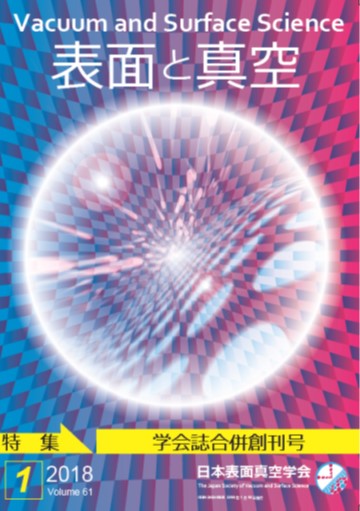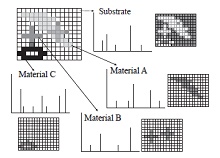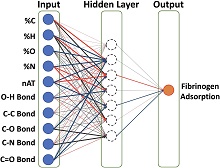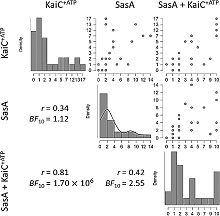Volume 65, Issue 1
Special Feature : Possible Development on Data-driven Research for Soft Interfacial Materials
Displaying 1-9 of 9 articles from this issue
- |<
- <
- 1
- >
- >|
New Year's Greeting
-
Article type: New Year's Greeting
2022 Volume 65 Issue 1 Pages 1
Published: January 10, 2022
Released on J-STAGE: January 10, 2022
Download PDF (352K)
Preface
-
Article type: Preface
2022 Volume 65 Issue 1 Pages 2
Published: January 10, 2022
Released on J-STAGE: January 10, 2022
Download PDF (321K)
Special Feature : Possible Development on Data-driven Research for Soft Interfacial Materials
-
Article type: Introduction
2022 Volume 65 Issue 1 Pages 3
Published: January 10, 2022
Released on J-STAGE: January 10, 2022
Download PDF (211K) -
Article type: Current Topics
2022 Volume 65 Issue 1 Pages 4-9
Published: January 10, 2022
Released on J-STAGE: January 10, 2022
Download PDF (1844K) -
Article type: Current Topics
2022 Volume 65 Issue 1 Pages 10-14
Published: January 10, 2022
Released on J-STAGE: January 10, 2022
Download PDF (2089K) -
 Article type: Current Topics
Article type: Current Topics
2022 Volume 65 Issue 1 Pages 15-20
Published: January 10, 2022
Released on J-STAGE: January 10, 2022
-
Article type: Current Topics
2022 Volume 65 Issue 1 Pages 21-26
Published: January 10, 2022
Released on J-STAGE: January 10, 2022
Download PDF (2242K) -
Article type: Current Topics
2022 Volume 65 Issue 1 Pages 27-32
Published: January 10, 2022
Released on J-STAGE: January 10, 2022
Download PDF (3163K)
News & Trends
-
Article type: News & Trends
2022 Volume 65 Issue 1 Pages 33
Published: January 10, 2022
Released on J-STAGE: January 10, 2022
Download PDF (332K)
- |<
- <
- 1
- >
- >|





